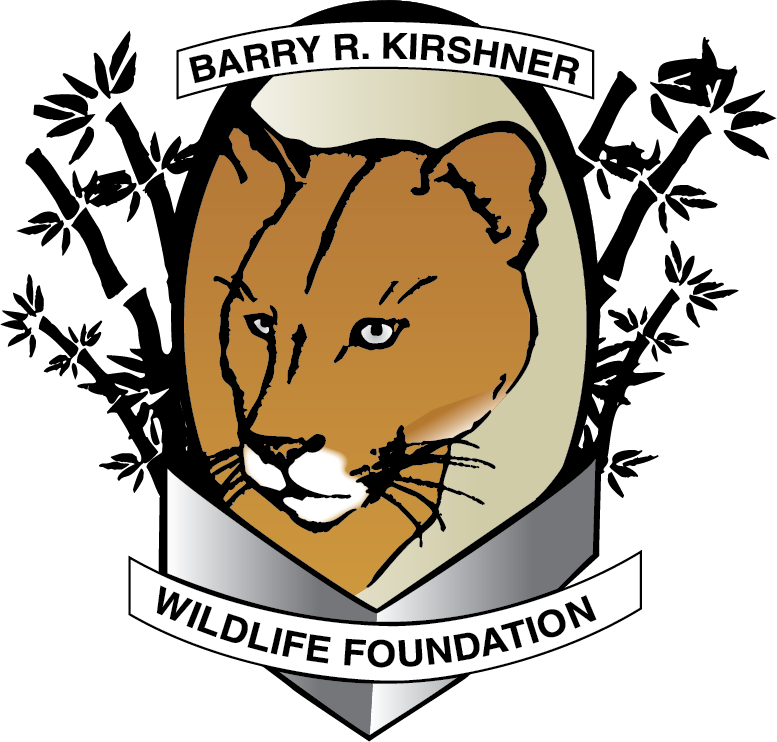Axle – African Leopard
Axle is a male African leopard (Panthera pardus) born in 2011. He arrived with Amari as a bonded pair, and will be a permanent resident at the Foundation. Axle is Amari’s service animal, helping her eat and providing company.
The leopard is the smallest of the five ‘big cats’ of the genus Panthera, with the Asiatic leopard being smaller than its African counterpart. The African leopard has relatively short legs and a long body with a large skull. Their fur patterns are often confused with those of cheetahs and jaguars. While leopards have a rosette pattern similar to jaguars, the jaguar’s rosettes have a central spot inside the rosette, and cheetahs are simply spotted without rosettes. Leopards exhibit a large variation in coat color depending on their habitats, they can be pale yellow to deep gold, as well as black. The African black leopard is more commonly known as the black panther. The black color variation, known as melanistic, is caused by a recessive gene, and although they look completely black, the rosette pattern is still present.
African leopards have an exceptional ability to adapt to changes in prey availability and are known to hunt wildebeests, impalas, gazelles, hares, rodents and many other small animals. They are very skilled climbers and use their long tails to balance as they climb. Their powerful limbs and strong jaws allow them to drag their prey, sometimes three times their own size, up into trees to keep other animals, such as lions and hyenas, from stealing it.
The African leopard’s habitat is distributed throughout most of sub-Saharan Africa occupying both rainforest and arid desert environments. The major threats to the African leopard is habitat conversion and retribution killings for real and perceived livestock loss.
african leopard Statistics:
Body Size
Weight
Gestation Period
Litter Size
Life Span
Status
3 - 6.2 feet long, tail is 2 - 3.25 feet long
males: 130 - 200 pounds females: 75 - 90 pounds
93 - 103 days
2 - 3 average
12 - 15 years in the wild, up to 23 years in captivity
vulnerable


